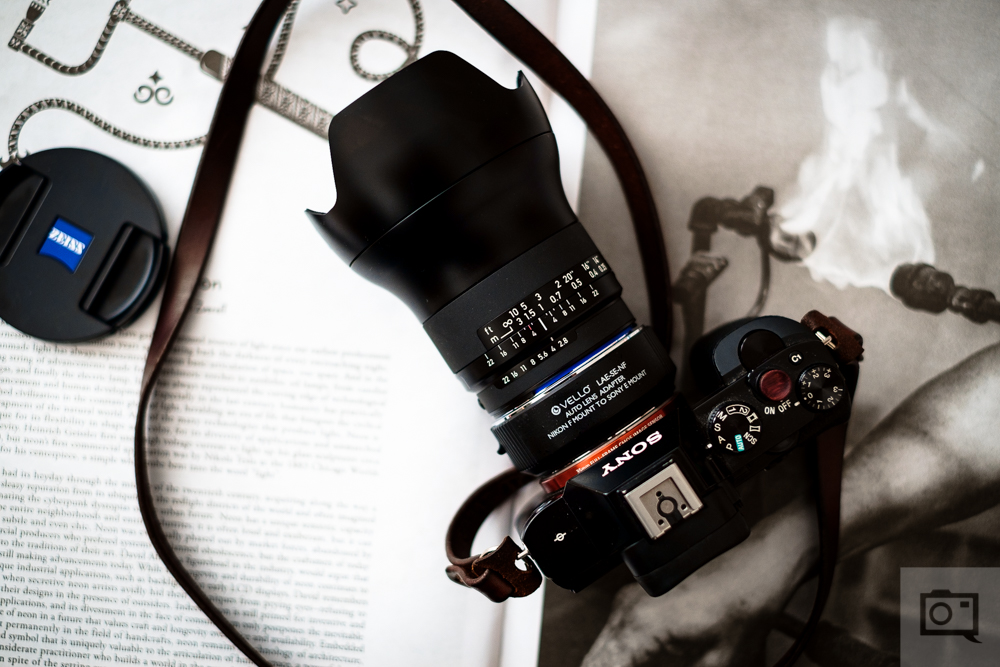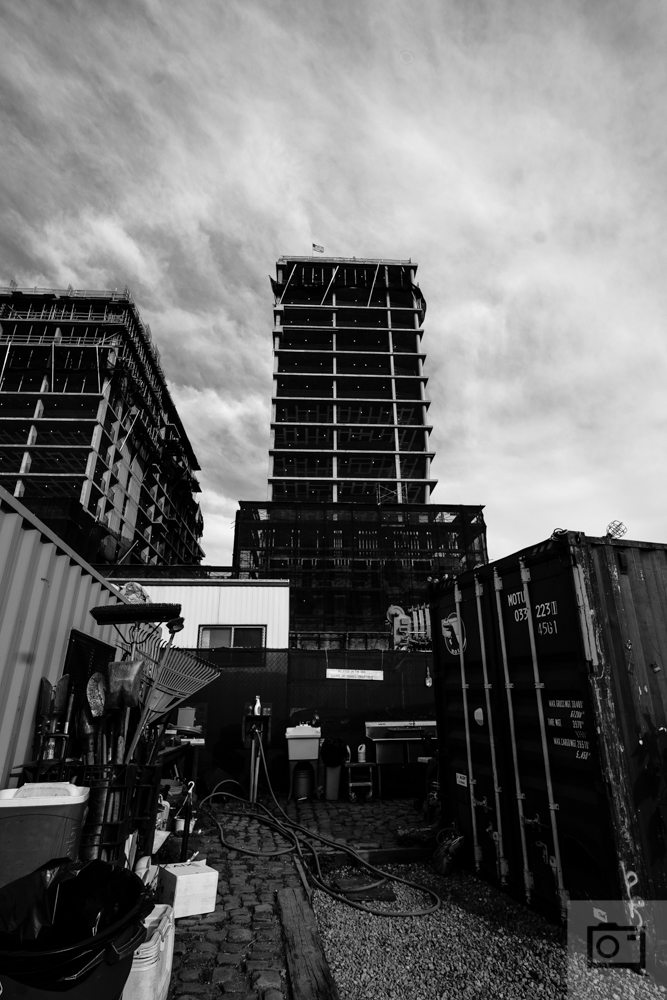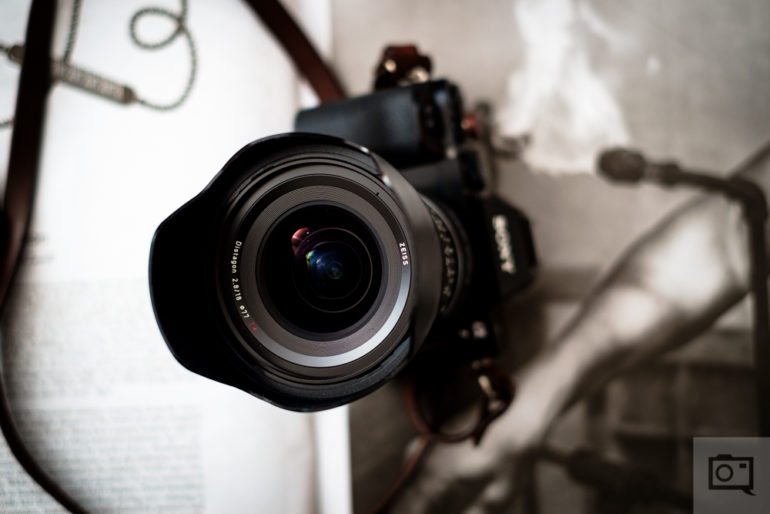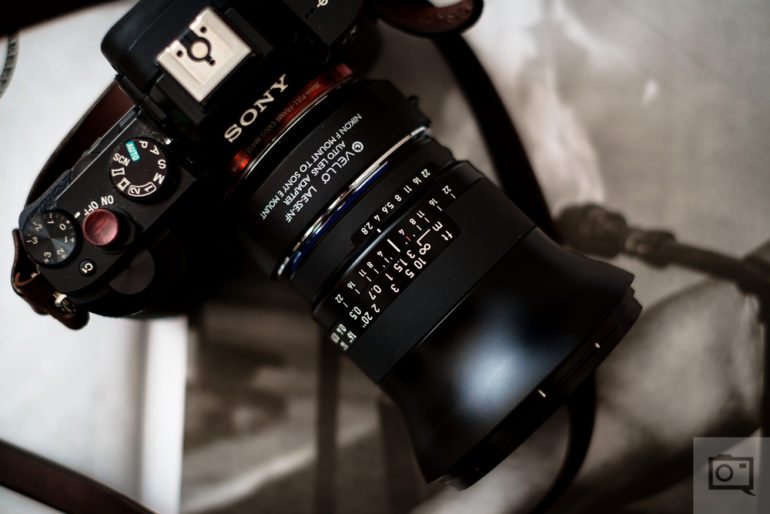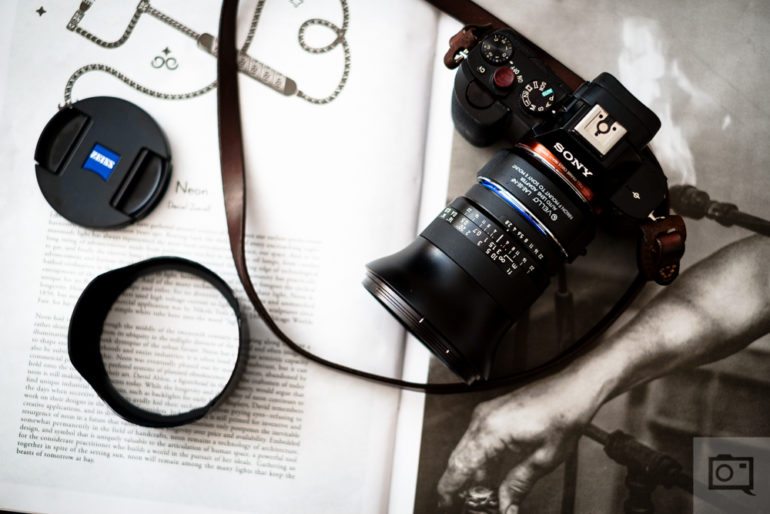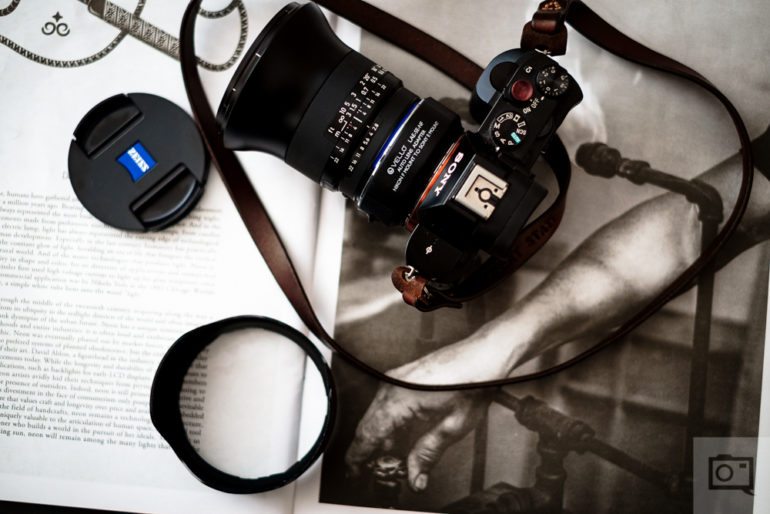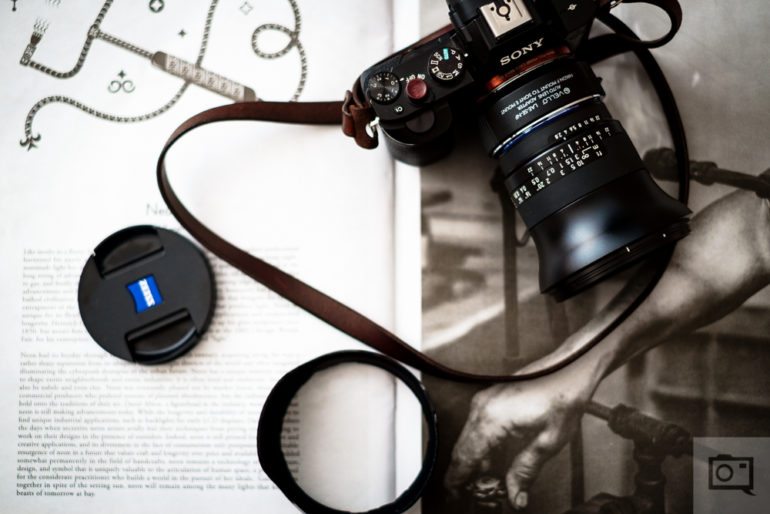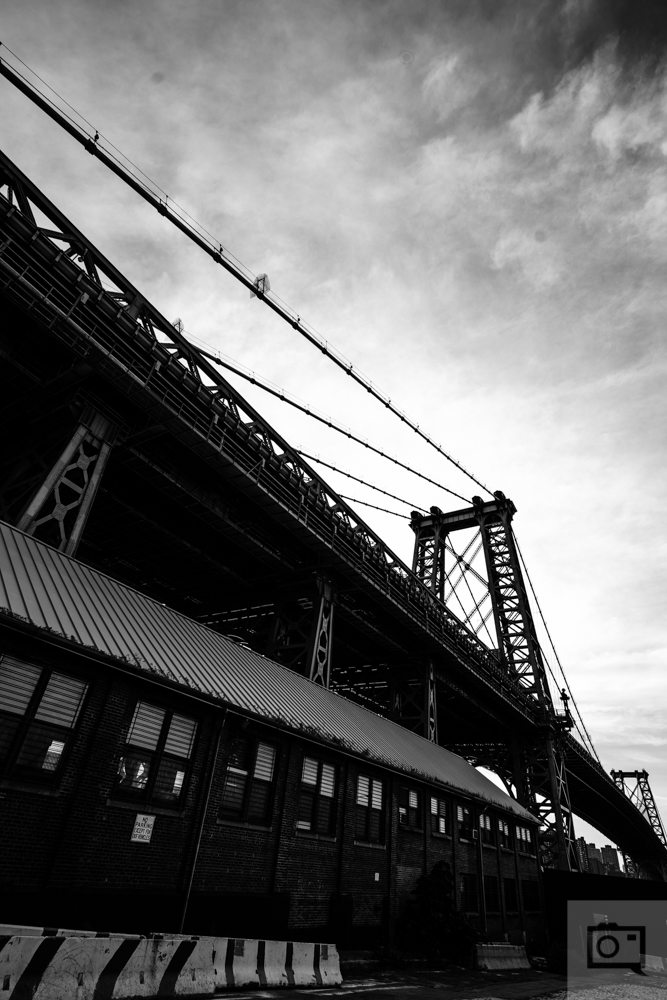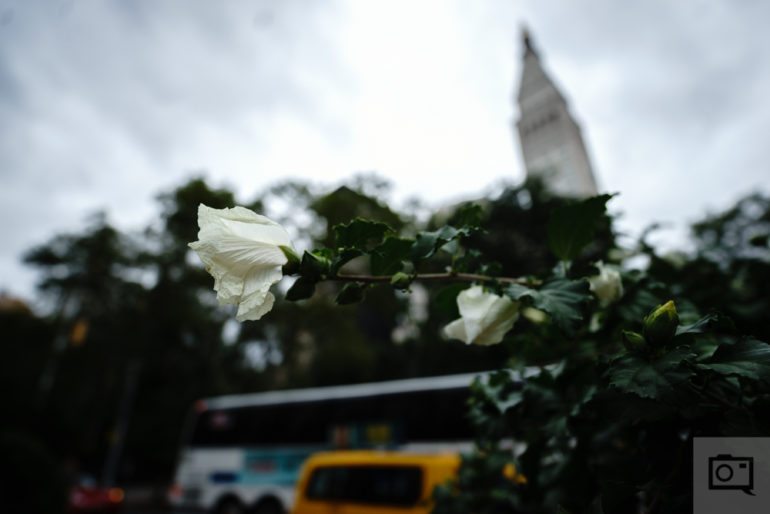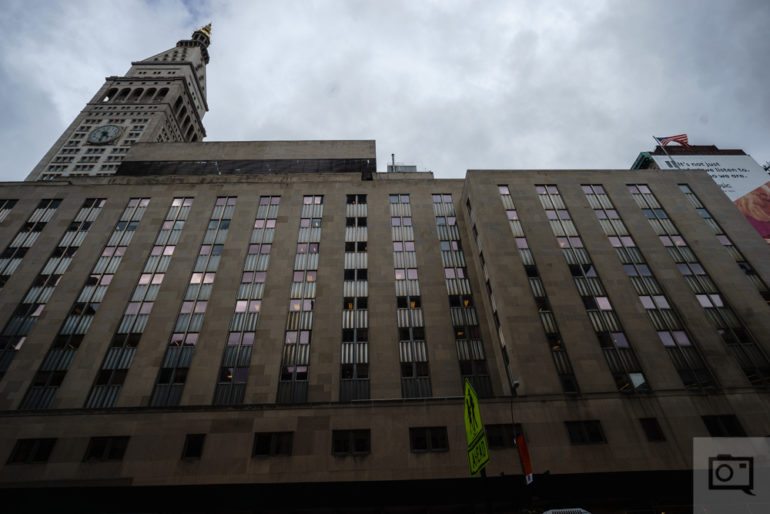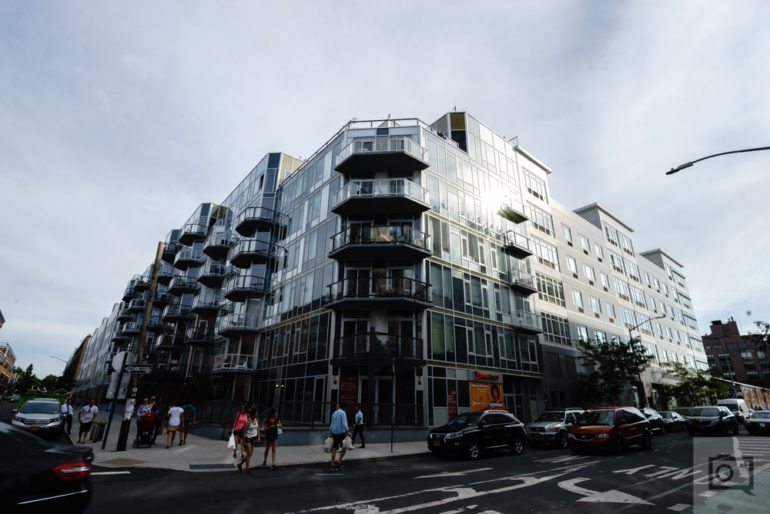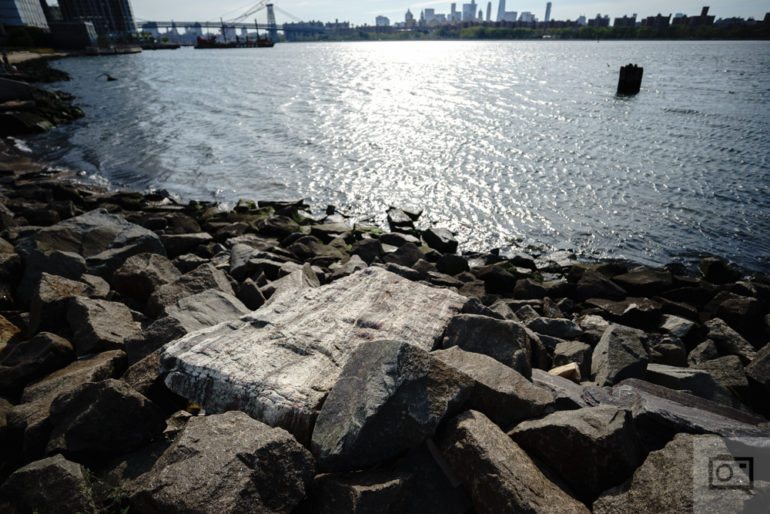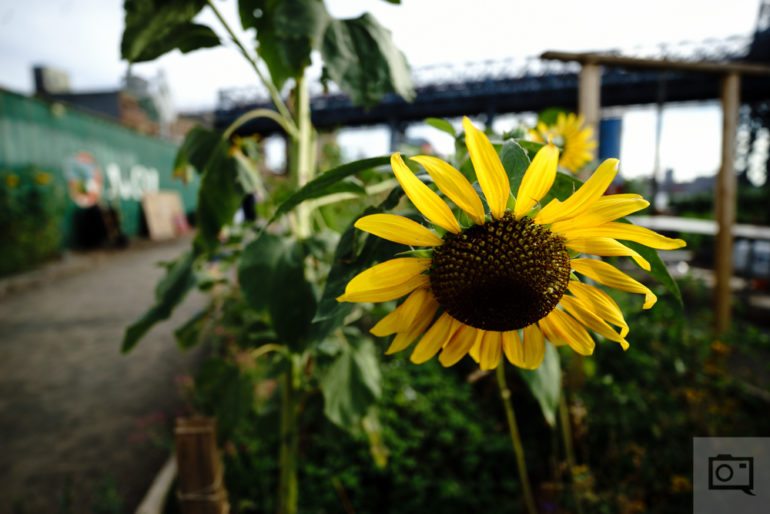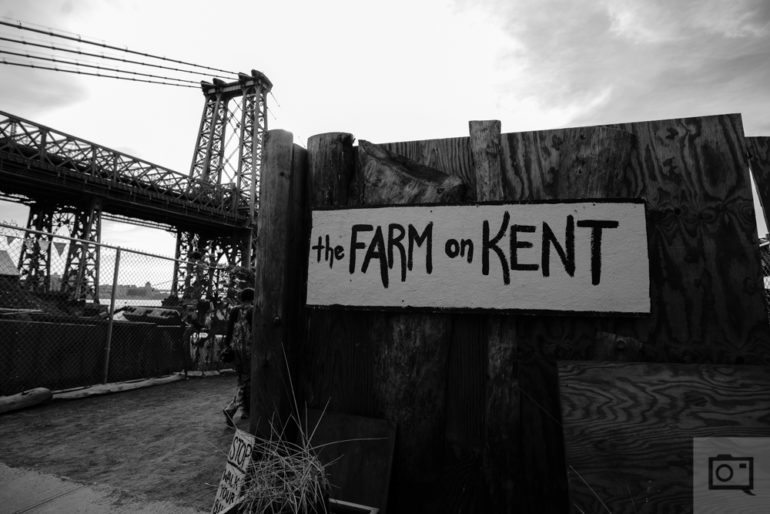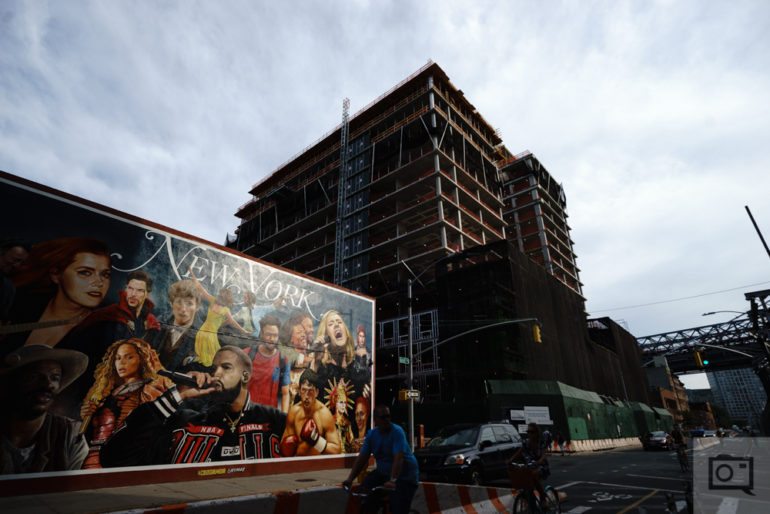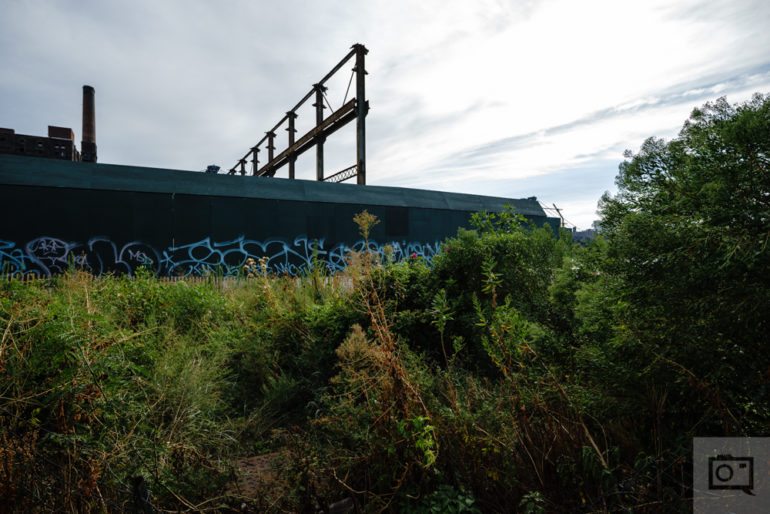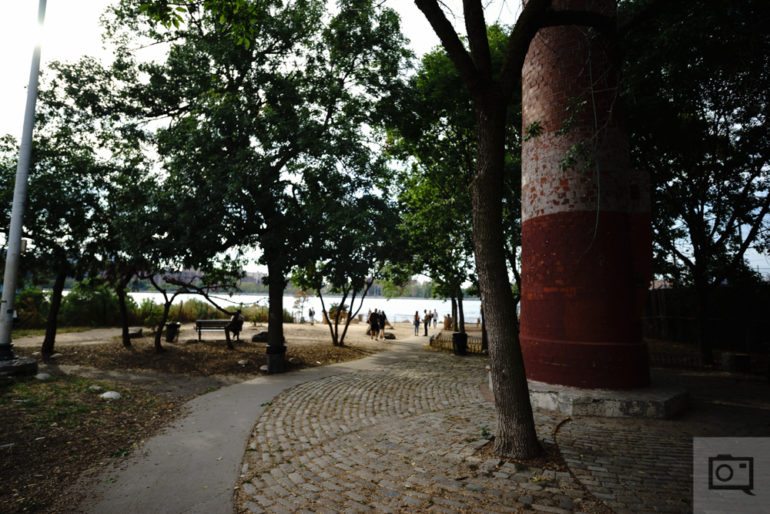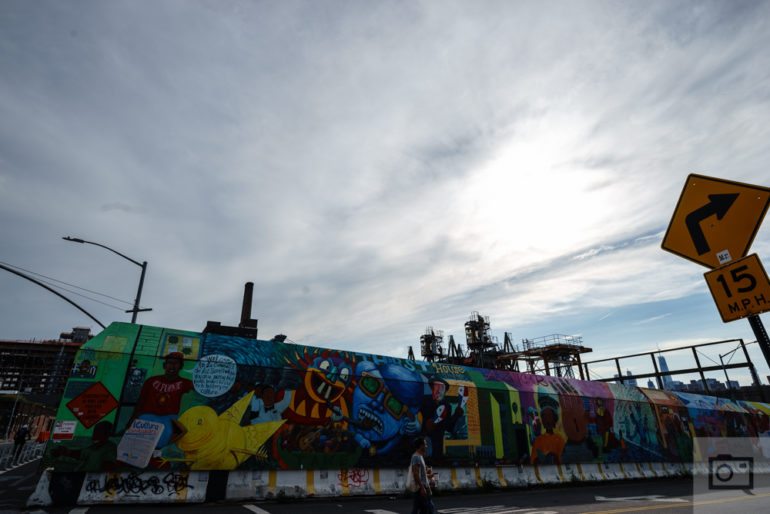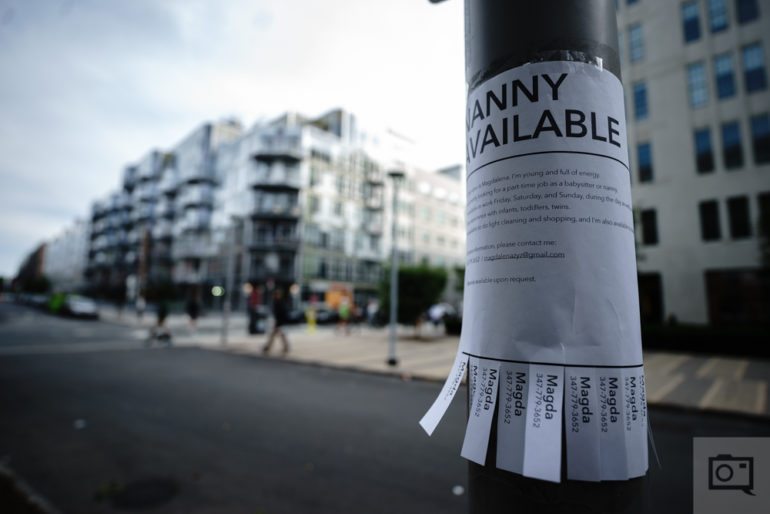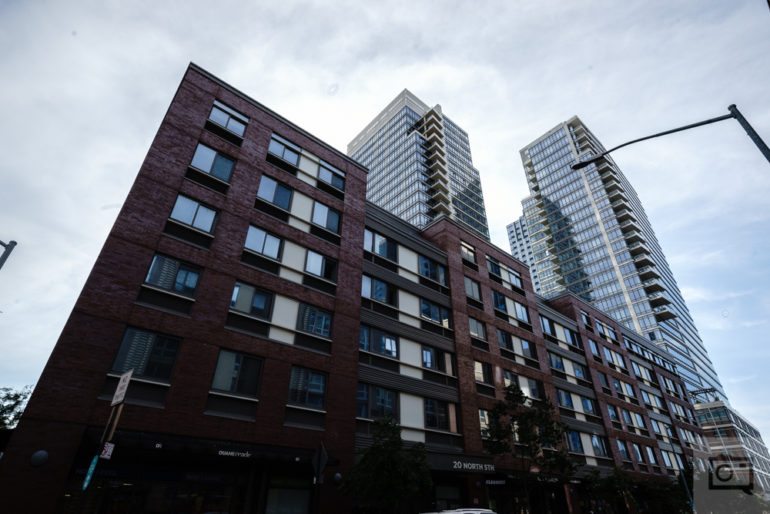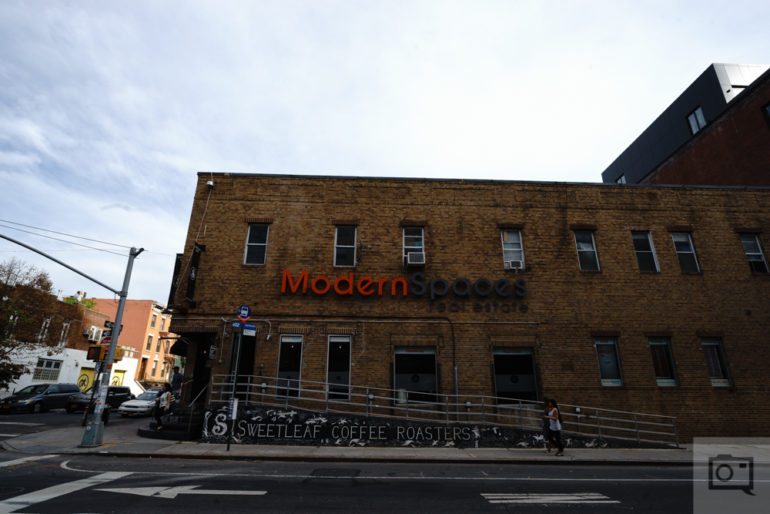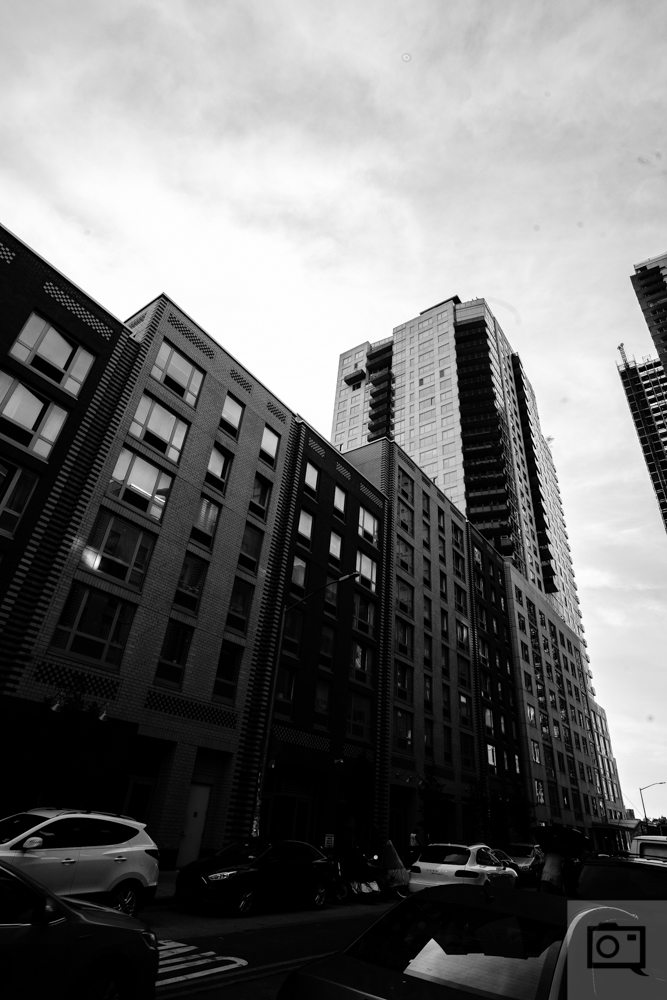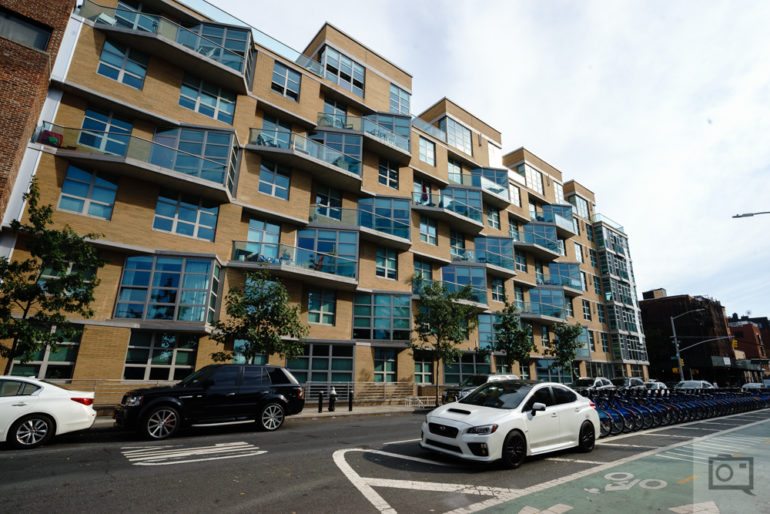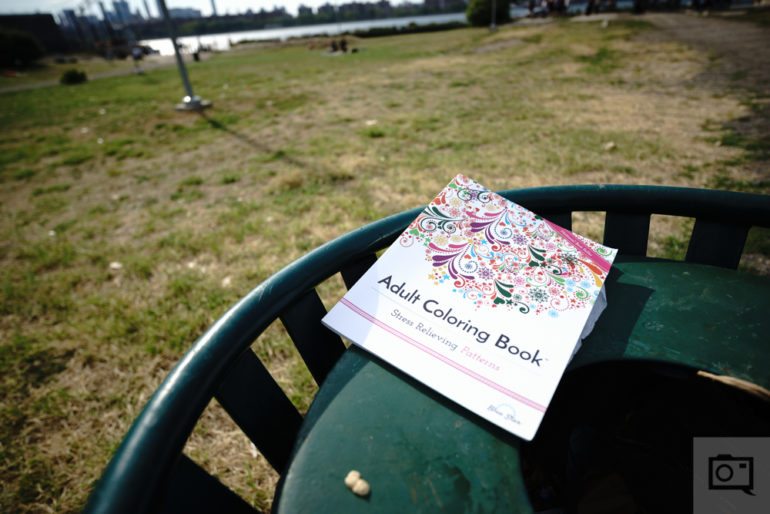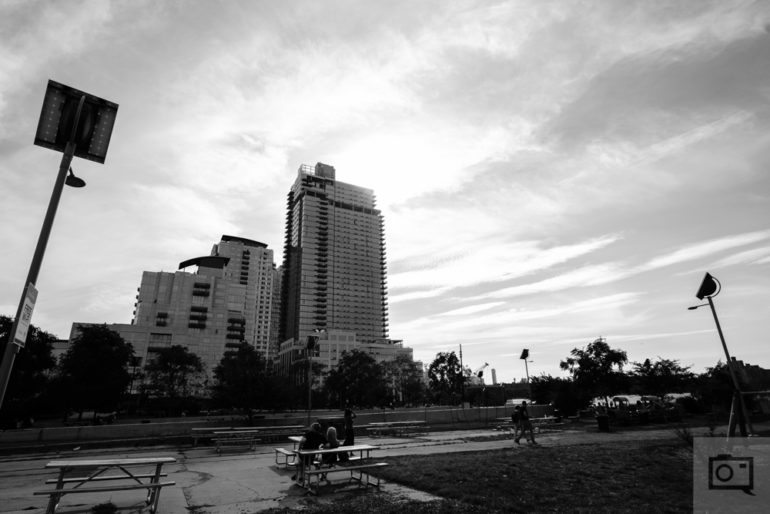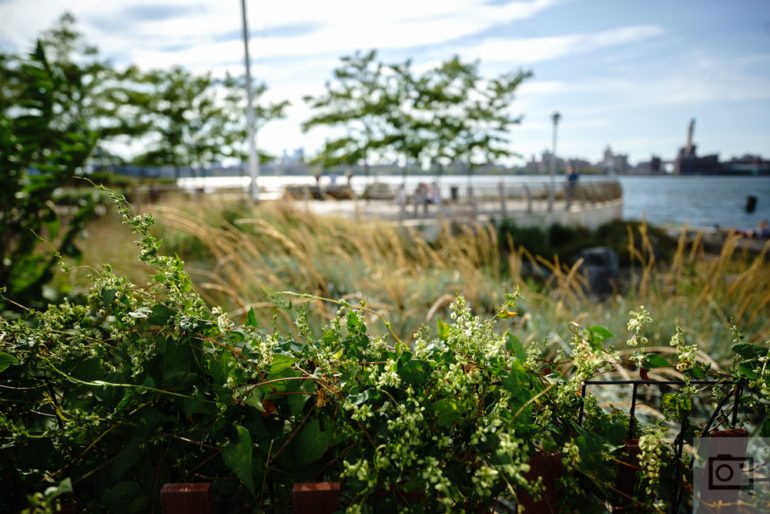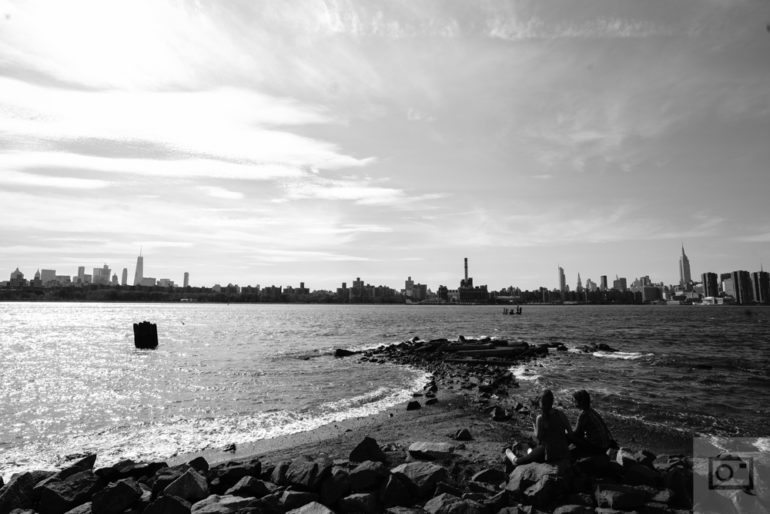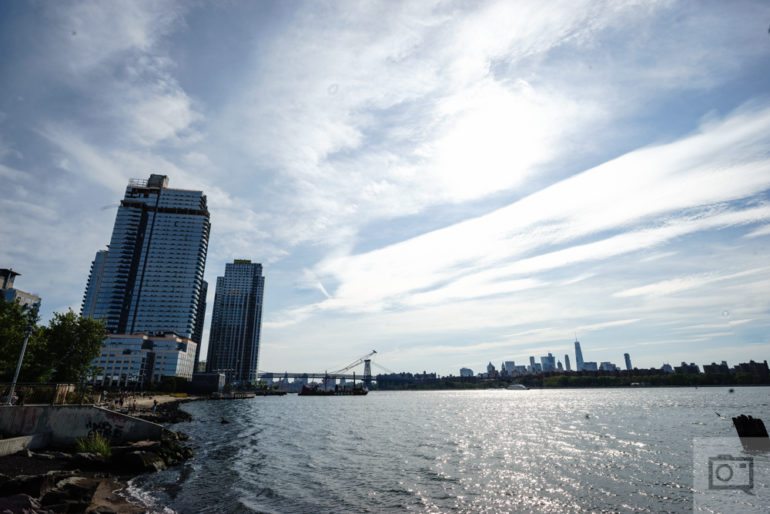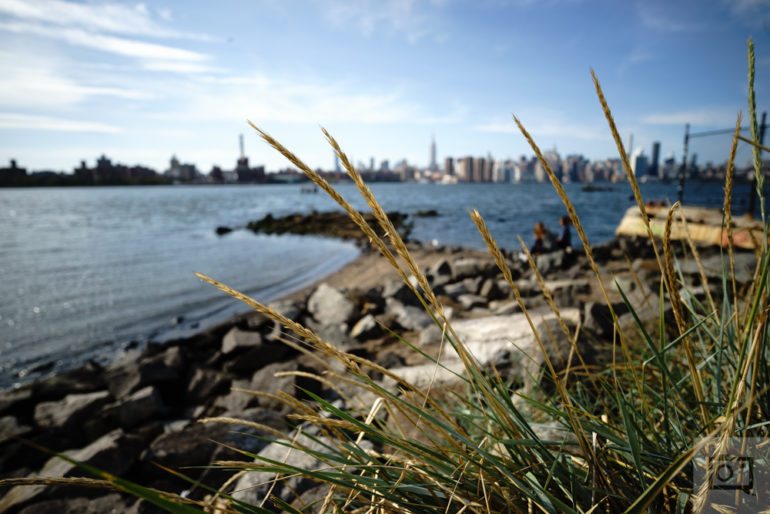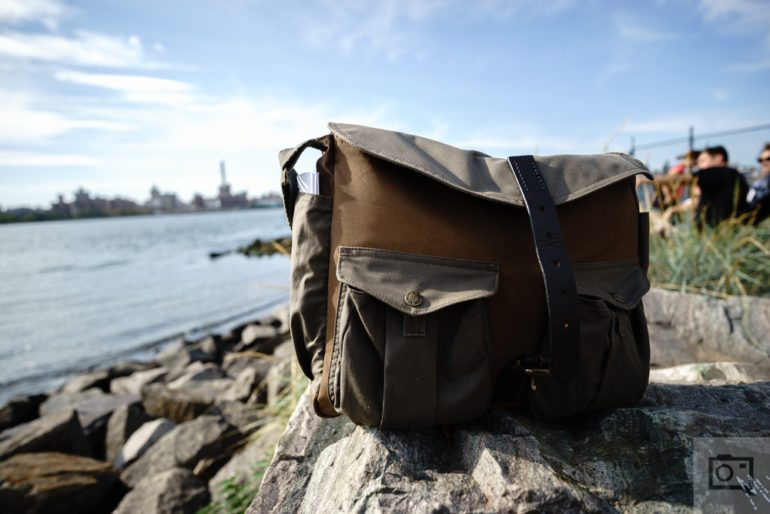Along with recent announcement of the 135mm f2 and 15mm f2.8 Milvus lenses, we were also treated to the Zeiss 18mm f2.8 Milvus lens. This lens is the company’s offering in-between their 15mm and 21mm focal lengths that are supposed to deliver architecture, Real Estate, Cityscape and landscape photographers a different experience. Like the others out there, this lens is weather sealed and characterized with the blue ring towards the back of the lens–which aids in weather sealing overall. Additionally, it boasts manual focusing, a rubber focusing ring and an all metal body.
Indeed, it’s one heck of a lens designed for the outdoor photographer.
Pros and Cons
Pros
- Sharp; though I’ve seen sharper lenses in the Milvus lineup
- Not too terrible when it comes to distortion
- Zeiss seems to be keeping the contrast down with this lens which ends up giving us the potential to make more use of the camera sensor’s dynamic range
- Weather sealing
- Great feeling in the hand
- Not too large
Cons
Gear Used
The Zeiss 18mm f2.8 Milvus lens was used with a Vello adapter, the Sony a7, the Nikon N2020, and various film emulsions.
Tech Specs
Specs taken from the Zeiss website
| Focal length | 18 mm |
| Aperture range | f/2.8 – f/22 |
| Focusing range | 0,25 m (9.84’’) – ∞ |
| Number of elements/groups | 14 / 12 |
| Angular field, diag./horiz./vert. | 99,9° / 89,4° / 66,5° |
| Coverage at close range | 274 mm x 180 mm (10.79‘‘ x 7.09‘‘) |
| Filter thread | M77 x 0.75 |
| Dimensions (with caps) | ZF.2: 107,0 mm (4.21‘‘) ZE: 109,4 mm (4.31‘‘) |
| Weight | ZF.2: 675 g (23.8 oz) ZE: 721 g (25.4 oz) |
| Camera mounts | F Mount (ZF.2) EF Mount (ZE) |
Ergonomics
The Zeiss 18mm f2.8 Milvus lens has a 77mm front filter thread–which will most likely be useful to photographers wanting to shoot landscapes with an ND filter or anything else. It also has a very big lens hood though this isn’t permanently attached at all.
We tested this lens mounted to a Vello Nikon to E mount adapter on a Sony a7 mirrorless camera. This didn’t affect the use too much overall.
The lens is manual focus and is characterized by the single large focusing ring and an aperture ring. Between these are the distance focusing scale and the depth of field scale. They work well in conjunction especially when working with a film camera body. At one point or another, I stuck the lens on a Nikon N2020 SLR and had a lot of fun with it.
Build Quality
This lens has weather sealing all around in addition to a metal exterior. It’s tough as nails and probably one of the toughest lenses made and sold on the market right now. Though it also has a large front element, it’s pretty simple to avoid bumping into and accidentally hitting. If you’ve got the lens hood attached, then it becomes even simpler overall.
Ease of Use
If you’re not the type of person to like manually focusing a lens, then you’ll most likely become easily frustrated with this piece of glass. But if you know how to use zone focusing and prefer high precision with the mindset that goes hand in hand with putting more care into the creation of your images, then this lens is going to be business as usual.
For me, using these lenses becomes easier when using focus peaking. Of course though, that’s different when using it with a DSLR. Instead, try zone focusing if you’re having trouble.
Focusing
Focusing this lens is pretty interesting. It’s manual focus only but like other ultra wide angle lenses, it goes from zero to 60 really fast. You’ll be focusing out to five feet away from you and then suddenly you’re at infinity. Of course, you have to expect this–but it becomes tougher when you’re working with a film camera body. In that case, you’ll take absolutely no chance and stop the lens down no matter what.
Image Quality
Zeiss has always been well know for the quality of their wide angle lenses and the 18mm f2.8 Milvus is no exception at all here. What’s very surprising is the bokeh and just how nice it can be when focusing very close up on a subject. Then at the other end of the focusing area you can get something that’s very colorful and overall tack sharp. This lens though isn’t one that delivers images as saturated as some of the other Milvus glass that Zeiss has. Instead, it’s somewhere in-between–and it’s also advantageous when it comes to utilizing the dynamic range of your camera.
Bokeh
Would you think that you can get beautiful bokeh from an 18mm f2.8 lens? Believe it, because this image was shot at f2.8. Look at those colors! When opening the lens up you’ll get some very highly saturated colors that I believed to be a result of vignetting but there really isn’t a whole lot here to begin with.
Instead, those colors are just delightful and I haven’t seen anything else out there like this. Zeiss is truly unique.
Chromatic Aberration
In my tests, I found a small amount of purple fringing in areas that you’d likely expect it. Overall though, it’s kept down quite a bit and you’ll only spot it when zooming in at 100%. Considering the price tag of this lens, it shouldn’t be there at all though–despite this I will still argue and state that modern software can remove it.
Color Rendition
When stopped down, the lens will deliver more mute colors. When wide open, it will be very vivid and saturated. The sweet spot when it comes to colors is anywhere between f5.6 and f8. Overall, I really like them and it’s hard to end up hating on it.
Sharpness
Wide open the lens is very sharp. When stopped down to f8 like you most likely will with this lens though, you’ll get extra sharpness though it’s not the difference between night and day. Zeiss has sharper lenses for sure.
Extra Image Samples
Conclusions
Likes
- Weather sealing
- Small size
- Image Quality
Dislikes
- Price point
Maybe it’s because I’m doing more work for La Noir Image these days, but what I really enjoy doing with this lens is shooting in black and white. You’ll get incredible images no matter what. However, you’ll also get them when shooting in color. However, this lens is designed for shooting large, sprawling scenes overall. Real Estate, landscape, cityscape, architecture and travel photographers will surely make the most of this lens. This is indeed a tool–you mount it onto a DSLR and you work ever so carefully to get an image that you’ll really care about. To that end, you’ll work harder to make that happen. When you do, you’ll realize that the results will payoff and what you get with the Zeiss 18mm f2.8 Milvus lens will be very lovely.
We award the Zeiss 18mm f2.8 Milvus lens five out of five stars. Want one? You’ll be able to find one for $2,299 when they hit the market.


